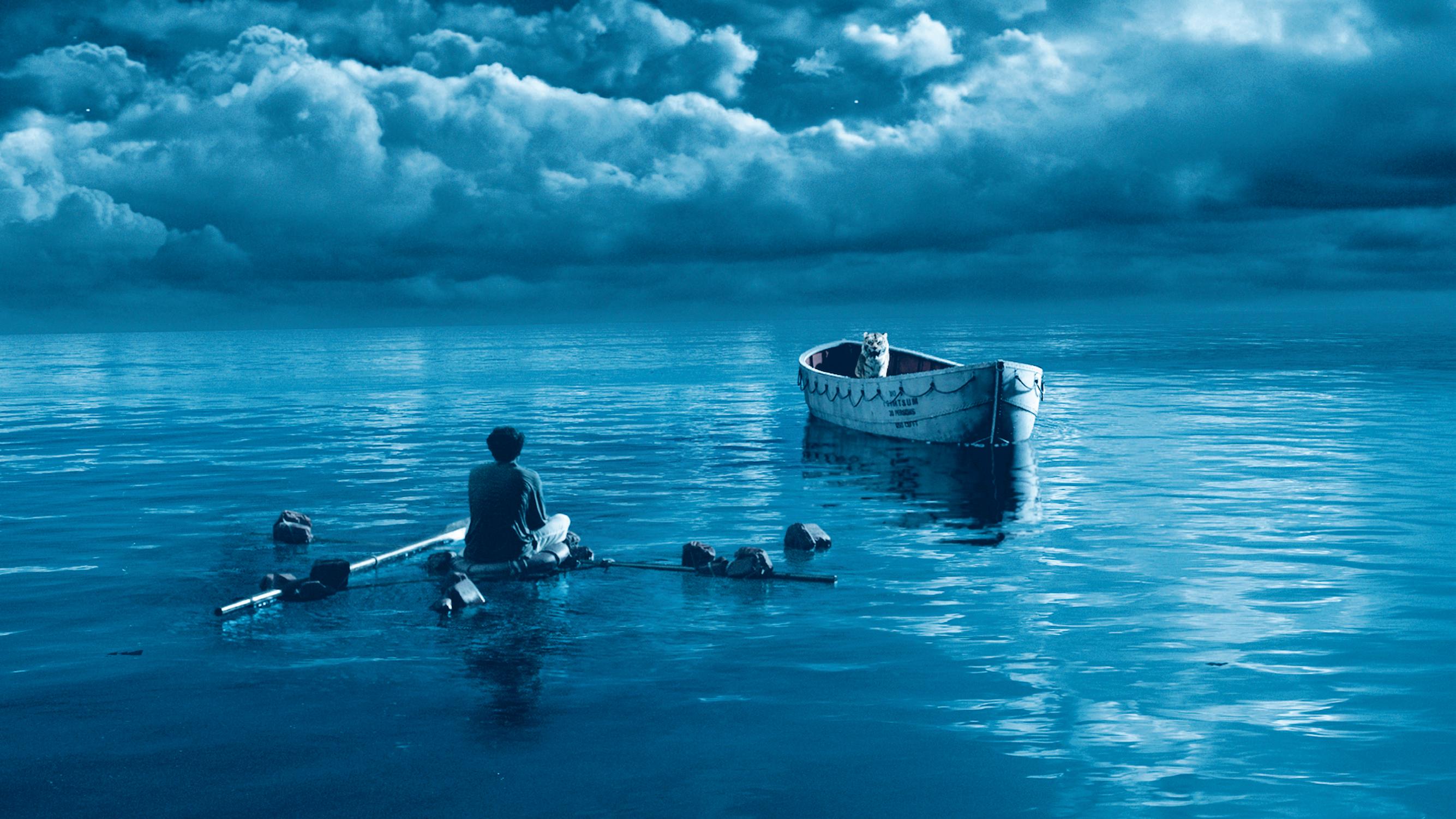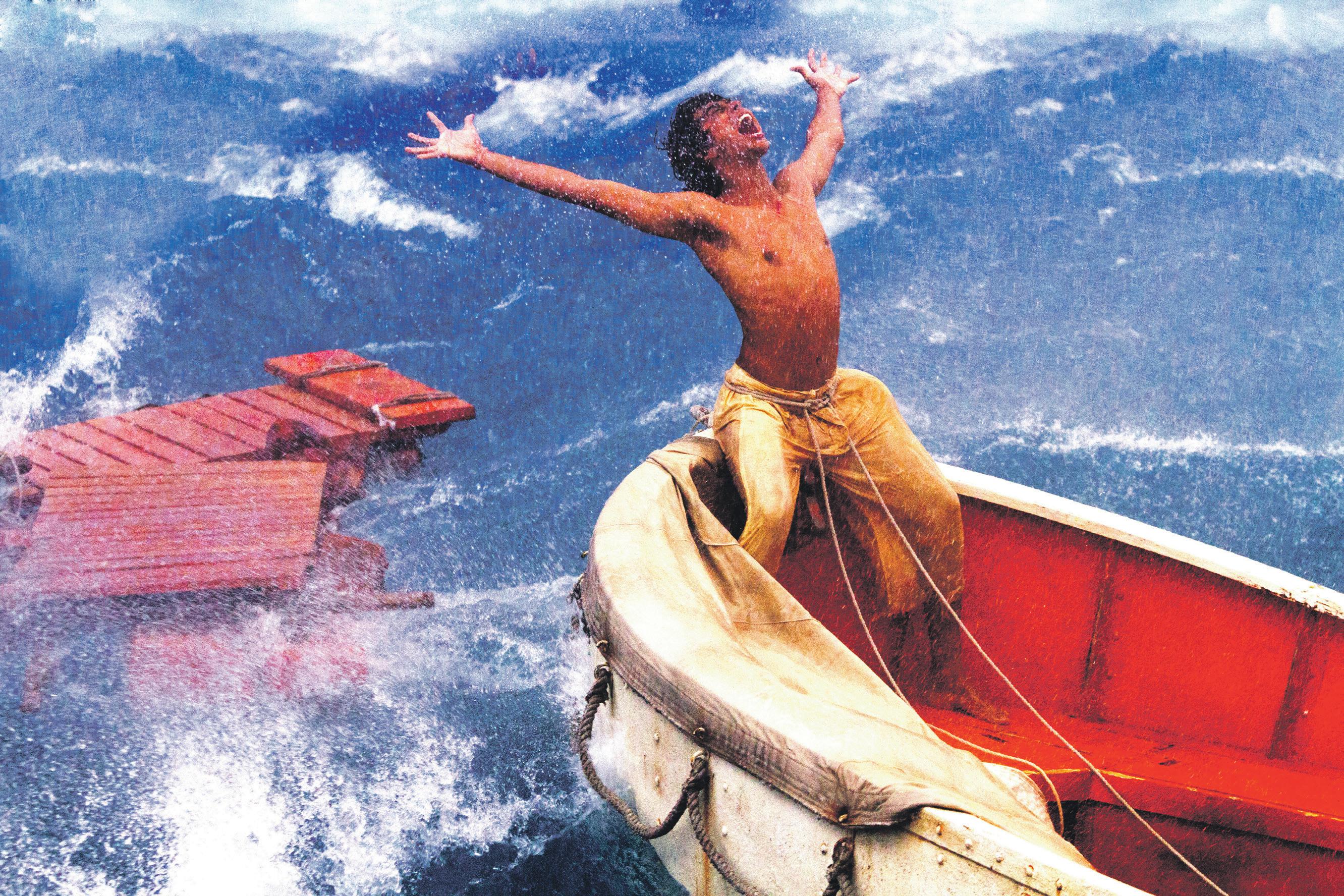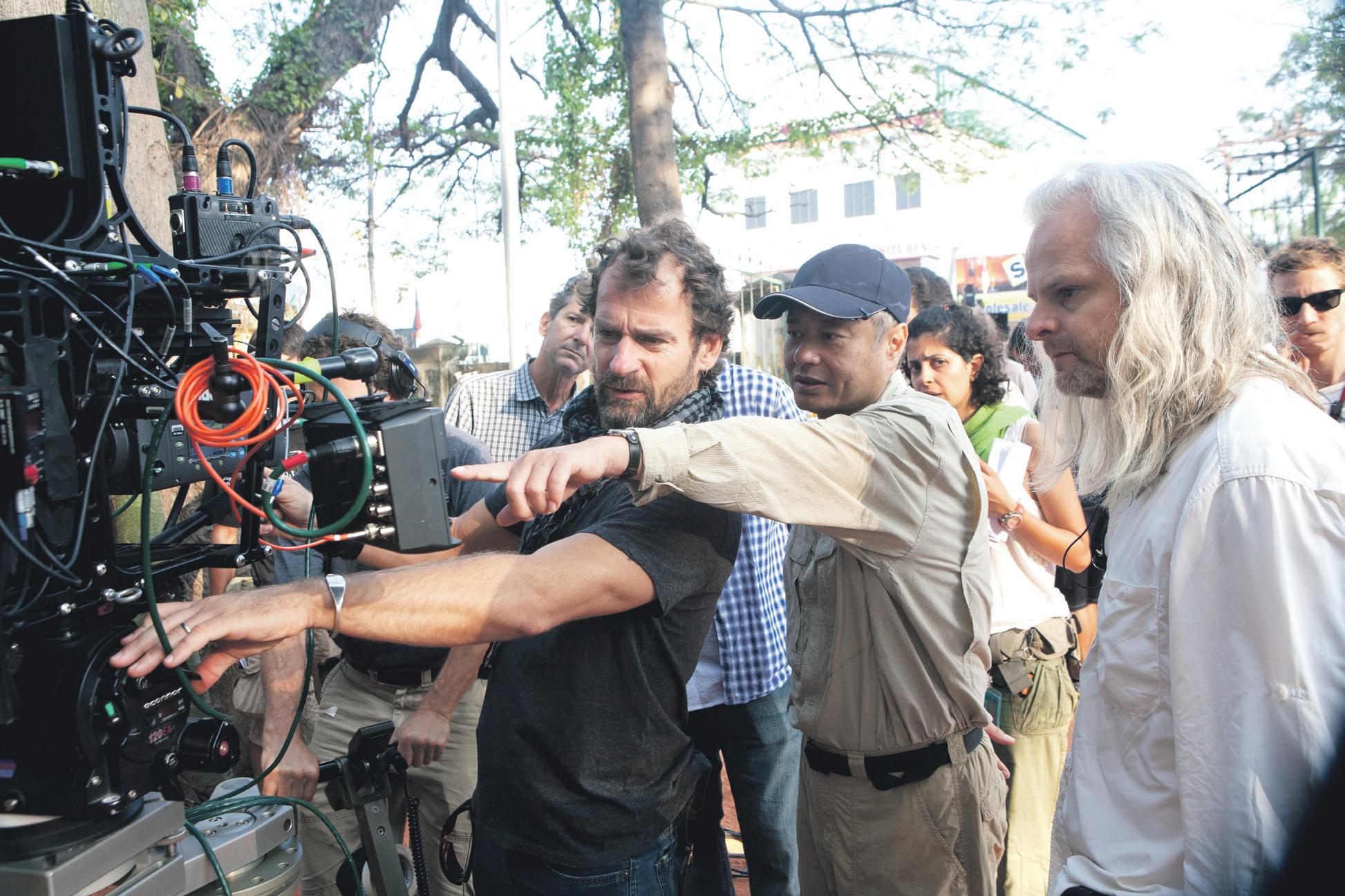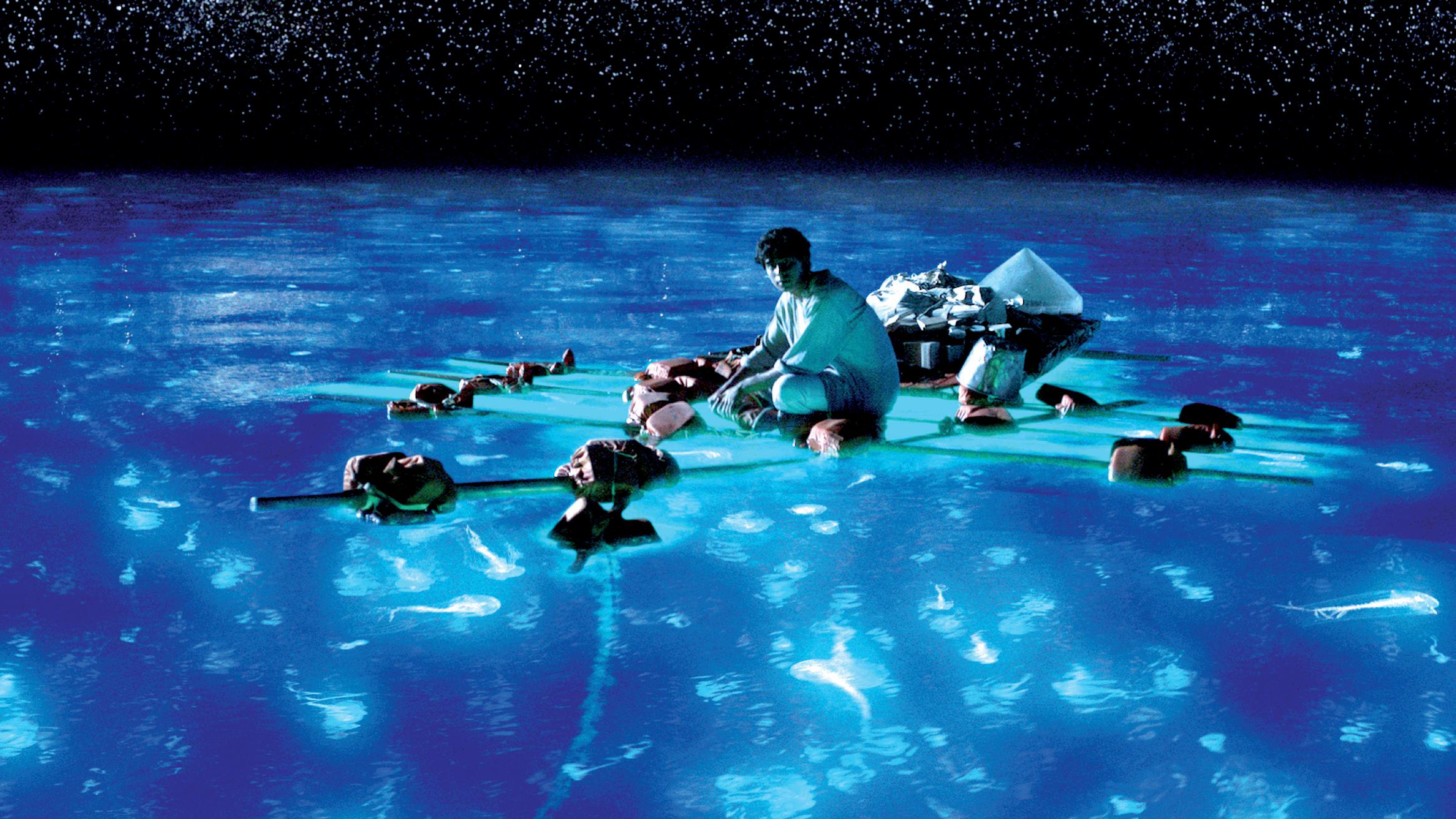
4 minute read
Pi philosophy
from 2013-01 Sydney (1)
by Indian Link
A young man and a tiger embark together on an epic journey of survival, self-discovery and perseverance, by
ANToiNeTTe MulliNS
Based on the book by Yann Martel, the recently released movie Life of Pi is an unforgettable story about courage, perseverance, inspiration and hope. The book itself won the prestigious Booker Prize and sold seven million copies worldwide, spending years on bestseller lists. And now the movie – which unfolds over three continents, two oceans, many years and a wide universe of imagination – is already being internationally acclaimed for its distinctive charm, excellent imagery and as a truly believable adaptation of the book.
Life of Pi has already won awards from other film critic groups including six awards by the Las Vegas Film Critics Society and nine nods for the 18th Critics’ Choice Movie Awards. It has also been nominated for three Golden Globe awards, forbest motion picture (drama), best director and best score.

Inspiring tale
Not giving anything away, the story starts with the adult Pi Patel – played perfectly by Irrfan Khan – telling his story to an author – this is a story that “will make you believe in God”, Pi tells him. It’s the story of his life – a young boy from Pondicherry in French India, whose family owns a zoo. As he grows up and endeavours to find his place in the world, we meet many people who influence his young life and shape him into the little human he’s becoming. In the film, 17 year old Pi, played by Suraj Sharma, is told that the family is leaving India in search of a better life. This means moving as a family to Canada and leaving behind everything that Pi knows, including his first love. His mother, played by veteran actress Tabu, is a grounding force in his life and tries to shelter him from the harshness of this world. By contrast, his father takes on a more practical view, teaching him that although the world is beautiful, it can also be very dangerous – a lesson stamped into Pi through a very close encounter with a Bengal tiger called Richard Parker.
The family boards a Japanese cargo ship and meets a sadistic chef, played by Gérard Depardieu. Pi’s world is shattered when the ship sinks and he is cast adrift on a lifeboat in the middle of the Pacific Ocean with some very interesting (and dangerous) characters. The journey of self-discovery, courage and perseverance that follows encourages us all to hang in there, to believe in ourselves and to find joy in even the smallest of victories.
Although the story has many religious elements, it is not focused on just one. It teaches religious tolerance – something we can all learn! The young Pi is exposed to many facets of religious teachings, including Hinduism, Judaism, Islam and Catholicism. This makes for some interesting moments in the film, as he prays a lot and in many different ways. As his father says, “At the rate you’re going, if you go to temple on Thursday, mosque on Friday, synagogue on Saturday and church on Sunday, you only need to convert to three more religions to be onholiday for the rest of your life.”
A directorial challenge

Director Ang Lee (of Brokeback Mountain and Crouching Tiger, Hidden Dragon fame) develops the story using his kaleidoscopic imagination and visionary genius. Creating a visual marvel where the cinematography takes on a life of its own – even the great wide ocean where our hero finds himself adrift, acts like a character in the story: both villain and reluctant hero, helping Pi along his voyage of self discovery.
When I heard Ang Lee was making a movie from the book, I was very excited but also anxious, as I loved the charming picture of India that Yann Martel had painted. This is in contrast with many Hollywood movies showing the gritty side of India – such as in Millionaire. However, I was relieved after seeing Life of Pi, which paints a serene, picturesque and often idyllic French India. Ang Lee never considered shooting the first act of the movie anywhere else, as he explained: “While we were working on the script I scouted around, and there is really nothing else that compares to French India. It’s unique and somewhat unfa miliar to the rest of the world. It’s like you can just drop a camera anywhere in there, turn it on, and the picture will be beautiful.”
In telling Pi’s story, Mr Lee pushes the boundaries of cutting-edge motion picture tech nologies, which films such as Avatar and Titanic 3D have done. The character of Richard Parker has been expertly brought to life through the magic of CGI – a fact for which Suraj is very grateful as he did not relish acting with a live tiger on a small lifeboat!

I was an avid fan of the book – after reading it I tried to take on Pi’s way of seeing the beauty in every situation and making the most of it. Not always an easy task, but I found that when you tackle everyday frustrations with a bit of humour, you can overcome any thing.
And now, I love the movie even more. Because Life of Pi is a heart-warming story, one of beauty and warmth that tugs at your heartstrings and makes you laugh, all at the same time. If you have time, read the book first. But watch the film anyway – with the animal scenes and stunning visions of India in 3D, it’s a delight for the entire family. The film is rated PG, so take the kids and go see it this holiday season, it’s a delight for the whole family!









